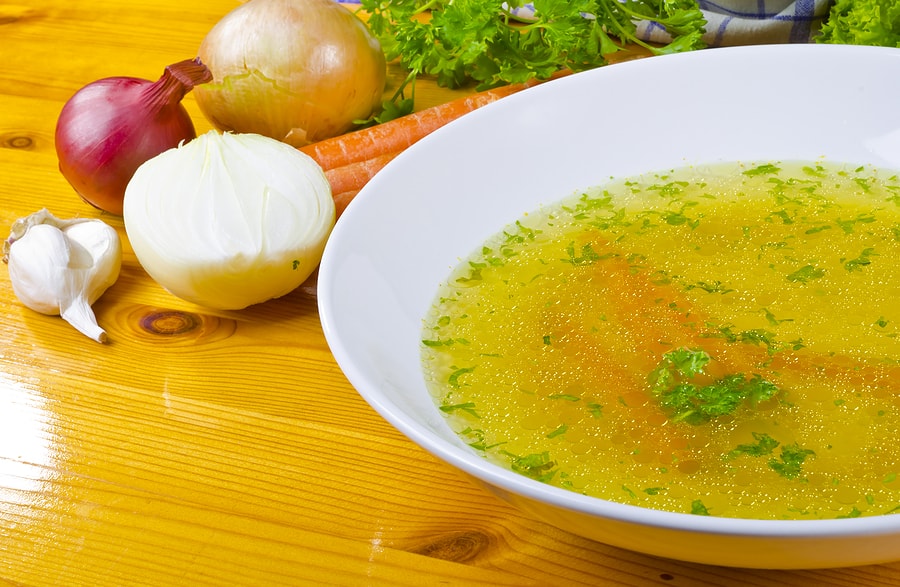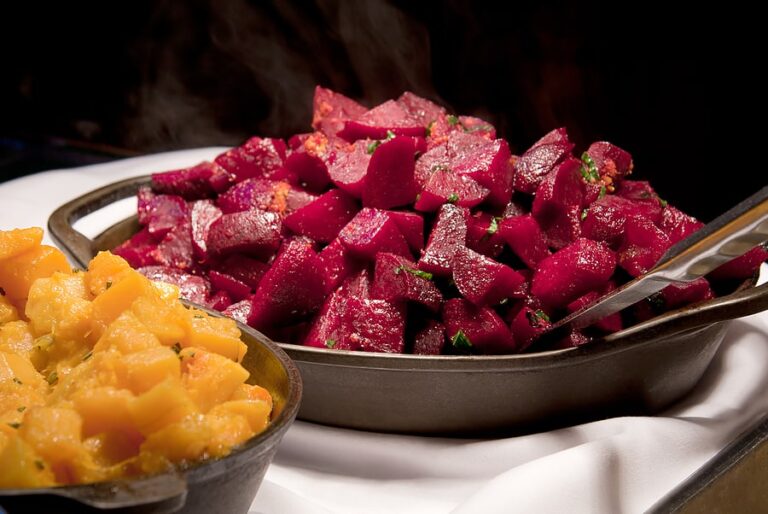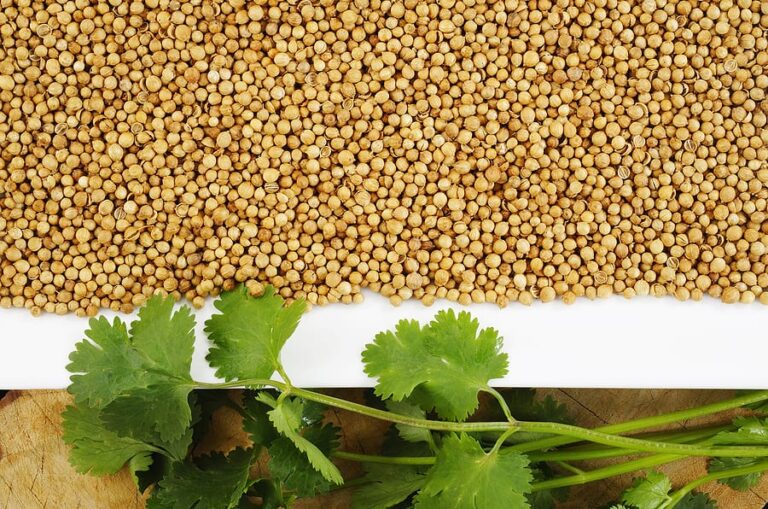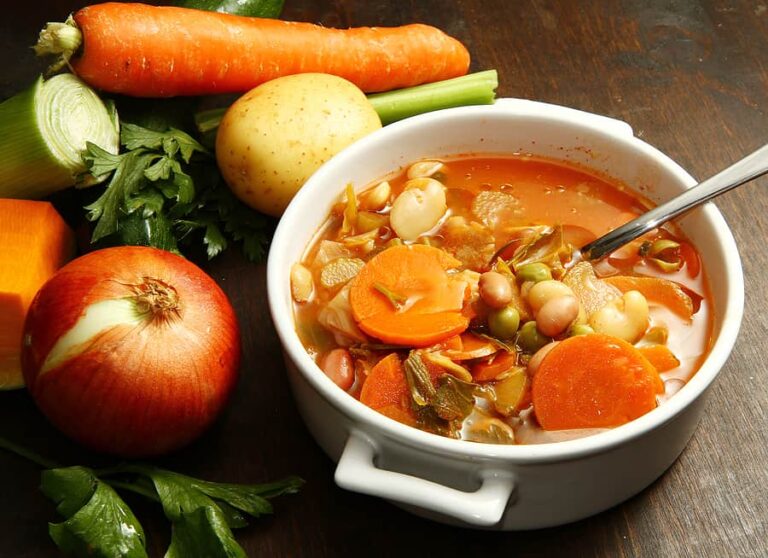How to Make Vegetable Stock With No Recipe
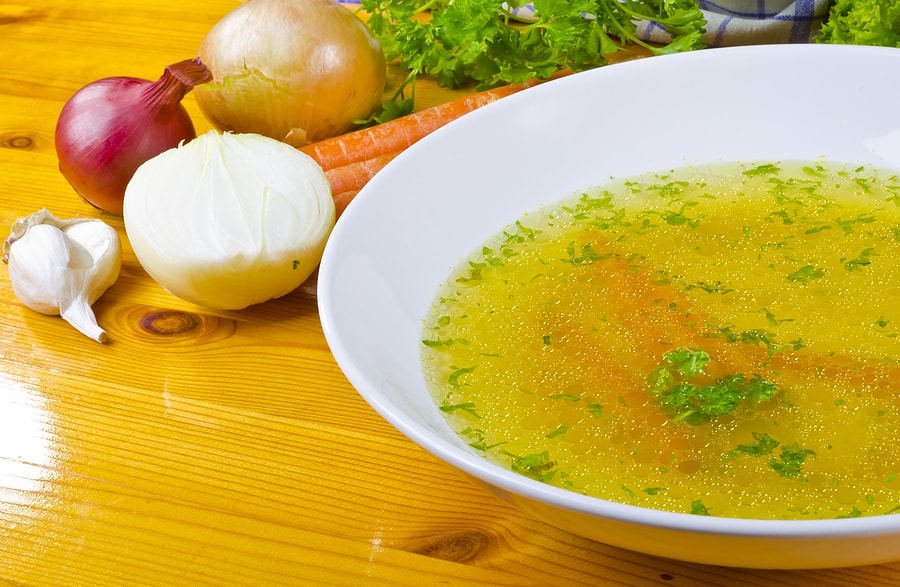
Vegetable stocks draw their flavor entirely from vegetables and water and, sometimes, herbs and spices, and wine. Vegetable stock can be served alone or used to flavor soups, sauces, meats, poultry, fish, and vegetables.
Use vegetable stock for light, healthy dishes. Vegetable stock—also called vegetable broth–is a clear, thin flavored liquid—the flavor is determined by the vegetables and seasonings you choose. Aromatic vegetables are the most important contributors of flavor to vegetable stocks. Aromatic vegetables are deep and sweet flavored—most commonly onions, carrots, and celery, and also fennel, leeks, and garlic.
Storing vegetable stock in serving-size portions in your freezer can simplify meal preparation and add a truly homemade dimension to meals. You can add fresh vegetables and cooked meat to already prepared vegetable stock to make a flavorful soup.
Mirepoix (meer-pwah) is the base of one aromatic vegetable stock—two parts onions, one part celery and one part carrots. (Mirepoix is named for a French duke whose cook created this mixture.)
A colorless mirepoix—called white mirepoix—can be made by replacing the carrots in basic mirepoix with mushrooms trimmings. Leeks can be used to replace the onions. When preparing stock, avoid starchy vegetables such as potatoes, sweet potatoes, and winter squash; they will easily break down in the cooking process and cloud your stock.
Preparing Vegetable Stock–Without a Recipe
Step One. To prepare a vegetable stock chop or dice the vegetables into relatively uniform pieces (for uniform cooking); cut the vegetables into large pieces, 1 to 2 inches, to cook long, or into smaller pieces in order to release the flavor in a short cooking time. If you want a particular flavor to dominate, add a larger quantity of that vegetable. Commonly three to five vegetables are used in vegetable stock—many more vegetables may confuse the flavor.
Step Two. Sweat or sauté your aromatic vegetables in a big soup pot containing a little oil. (A heavy bottomed pot will heat most evenly.) The oil should be hot enough that the vegetables sizzle when you put them in. Stir to coat the vegetables with oil, cover the pot, and cook over medium-heat about 5 to 10 minutes, stirring occasionally; do this before you add water to the pot to create a rich flavor and deep color.
Sweating the vegetables will develop their full, mellow flavor, but you can skip this step and start by simply adding water to the raw vegetables.
Step Three. Add enough cold water to cover the vegetables—and if you are adding additional vegetables, be sure they are covered by water as well. Stock should always be started with cold water; the flavor will be drawn from the vegetables as the water heats up to a boil. For intense flavor, use less water; for a lighter, more delicate broth add more water.
Bring the water and vegetables to a boil slowly, and then reduce it right away to a simmer (bubbles just breaking the surface); a low simmer is best for drawing out the flavor. Always keep the water level above the vegetables. After the initial boiling, do not allow the stock to boil again.
Step Four. Cook the stock long enough to extract maximum flavor from the vegetables. That means taste the broth often as it cooks to discover how the flavor is developing. Maximize the flavor. If it is cooking too quickly, add more water and return to a simmer. (Cook stock too long and the flavor will lose its delicacy and freshness.)
Salt can be added to help develop flavor. Add salt to taste during cooking; don’t add all of the salt at once. You can also add herbs and seasonings such as basil, bay leaves, thyme, oregano, parsley, cracked peppercorns, and cloves depending upon the flavor you want; you can prepare these in a sachet to float in the cooking stock.
Vegetable stock simmer time will be about 15 minutes; the total cook time—sweating and simmering—for vegetable stock will be 30 to 45 minutes. Remember to taste as you cook.
Step Five. When cooking is complete, strain the stock (use cheesecloth or coarse cotton gauze) and degrease by skimming if necessary. Meat-based stocks are rapidly cooled before straining and storing for later use, but vegetable stock does not have to be rapidly cooled and there won’t be any fat to skim.
Pour the strained stock into clean containers and seal to refrigerate or freeze. You can pour the stock into ice-cube trays and later put the cubes in a freezer bag for long storage. Cubes of frozen stock can be used to sauté food without oil.
Vegetable stock or broth is flavorful but thin. Use vegetable stock as a base for soups. You can serve the broth, but while it will be tasty, it may not be filling.
A few things to keep in mind:
- You can save the liquid left over from cooking other vegetables to add to your stock pot.
- Potatoes, sweet potatoes, and winter squash—starchy vegetables—can make a stock cloudy.
- Brussels sprouts, cauliflower, and artichokes are very strong flavored; use these sparingly or they will overwhelm a broth with a strong flavor or odor.
- Dark green leafy vegetables such as spinach can develop an unpleasant flavor.
- Beets can turn a stock red.

